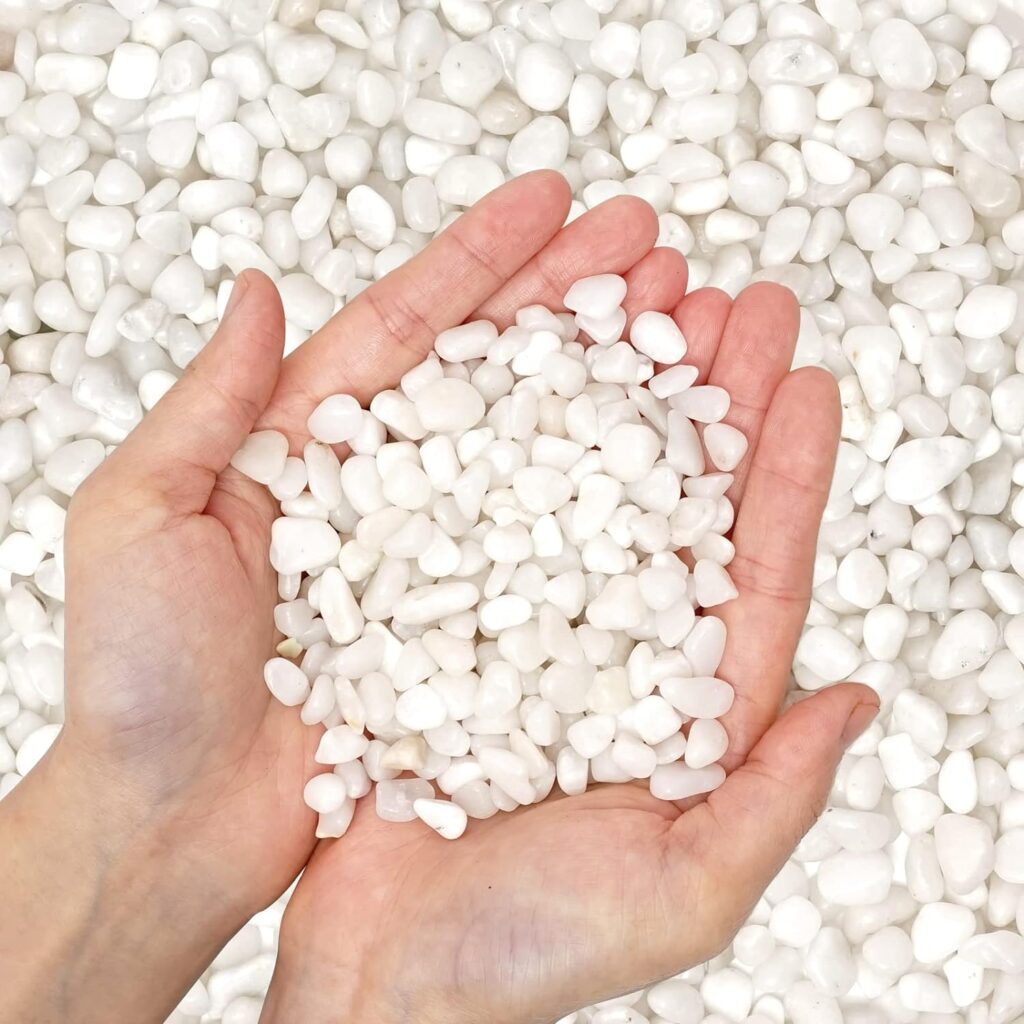Have you imagined when you get back from all-day hard work full of stress?
Having your own Zen garden in the backyard is a perfect way to relieve stress, and bring you a peaceful, calm, and relaxed lifestyle.
In this article we dive into the details of Zen garden, What is Zen garden, how to choose the right space, how to create your Zen garden, the elements required for creating them, and also how to maintain them.
What is Zen Gardens?
Originating in Japan in the sixth century, at first, the Zen garden was created for monk meditation.
Zen gardens, also known as “karesansui” gardens, are renowned for their minimalist design and profound symbolism.
These gardens typically feature carefully arranged rocks, gravel, sand, and sparse vegetation, reflecting the principles of simplicity, balance, and harmony in Zen philosophy.
By embracing simplicity and natural elements, Zen gardens evoke a sense of calm and invite contemplation.
Choose a Space for Your Zen Garden
Before you dive into creating your Zen garden, take the time to consider your space and the purpose.
Are you seeking a quiet retreat for meditation, quiet reflection, or a serene spot to unwind?
Once you’ve clarified your goals, assess the available space and determine the layout of your garden.
No matter how much space you have, a Zen garden can be created in any area, a small area, a large backyard, or even on your balcony.
Zen Garden Ideas On a Budget
Luckily, most of the material options for the Zen garden are affordable and look very nice. Here are some cost-effective options to consider
Gravel or sand
Both gravel and sand serve as excellent ground cover options for Zen gardens. They’re inexpensive, easy to maintain, and provide a blank canvas for arranging rocks and other elements.
Natural stones and rocks
Seek out locally sourced rocks and stones to add texture and visual interest to your garden. You can often find suitable stones in your backyard or at landscaping supply stores.

Recycled and repurposed materials
Get creative with recycled materials such as old pallets, salvaged wood, or repurposed containers. These can be used to construct raised beds, pathways, or seating areas at a minimal cost.
Miniature water feature
Incorporate a small fountain, birdbath, or DIY water feature to add a soothing focal point to your garden. You can create a simple water feature using a repurposed container, such as a ceramic bowl or a wooden barrel, and a small pump.

Plants
Introduce low-maintenance plants such as bonsai, bamboo, ferns, or moss to add a touch of greenery to your Zen garden.
Choose the green shade plant to enhance the calm and serenity.
These plants not only enhance the natural beauty of your garden but also contribute to a sense of tranquility.


White Gravel for Zen Gardening

How to Design Your Zen Garden?
Once you’ve gathered your main materials such as plants, rocks, and gravel it’s time to infuse your Zen garden with elements that promote tranquility and relaxation.
Keep in mind that, there are a lot of elements for you to choose.
Take your time to discover new elements that are perfect for your space and are meaningful for you.
Here are some quick checklists to consider before starting
- Select a Location
- Design Plan
- Gather Materials
- Prepare the Ground
- Install Hardscape
- Add Sand or Gravel
- Introduce Plants
- Incorporate Water Features (Optional)
- Incorporate accessory items (Optional)
- Final Touches
Pagoda Lantern Statue


How to Maintain Your Zen Garden?
Maintaining your Zen garden is essential for preserving its peaceful ambiance and aesthetic appeal.
Here are some tips for easy upkeep
- Regularly rake the gravel or sand to maintain a smooth, uniform surface and remove debris.
- Prune and trim plants as needed to keep them tidy and prevent overgrowth.
- Clean water features regularly to prevent algae buildup and ensure proper functionality.
- Take time to immerse yourself in your garden, practicing mindfulness, meditation, or simply enjoying the beauty of nature.
